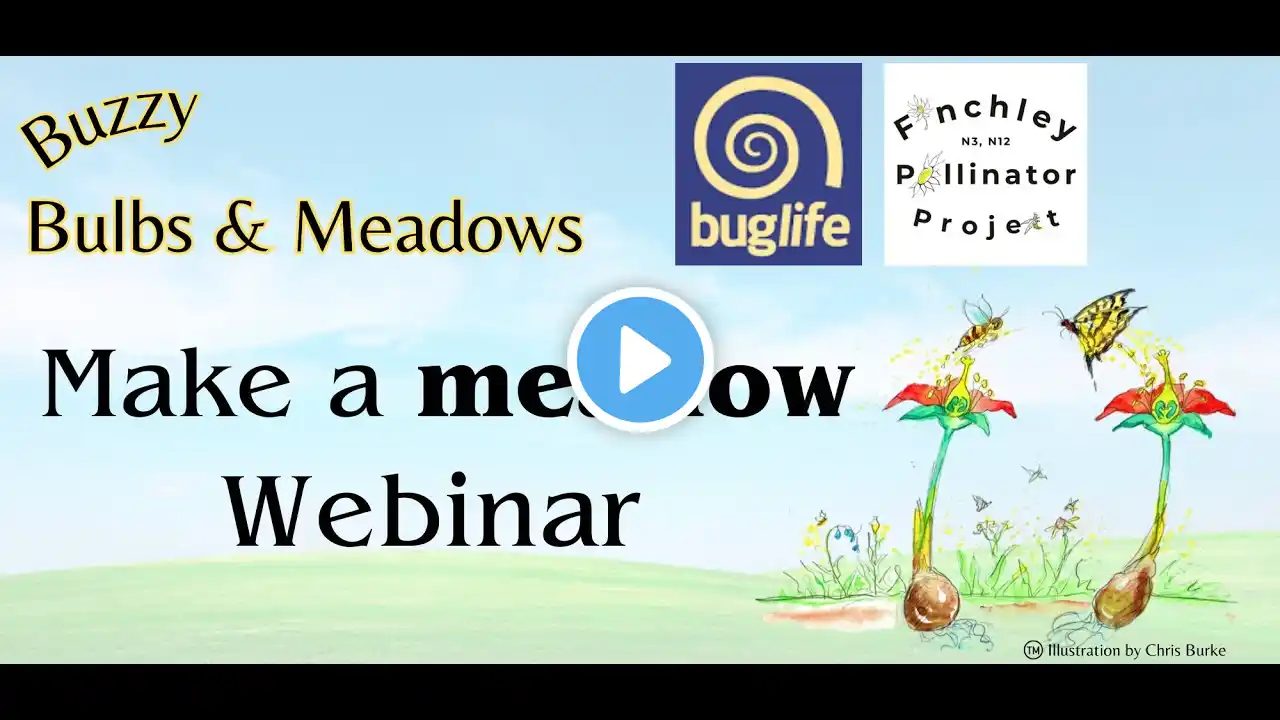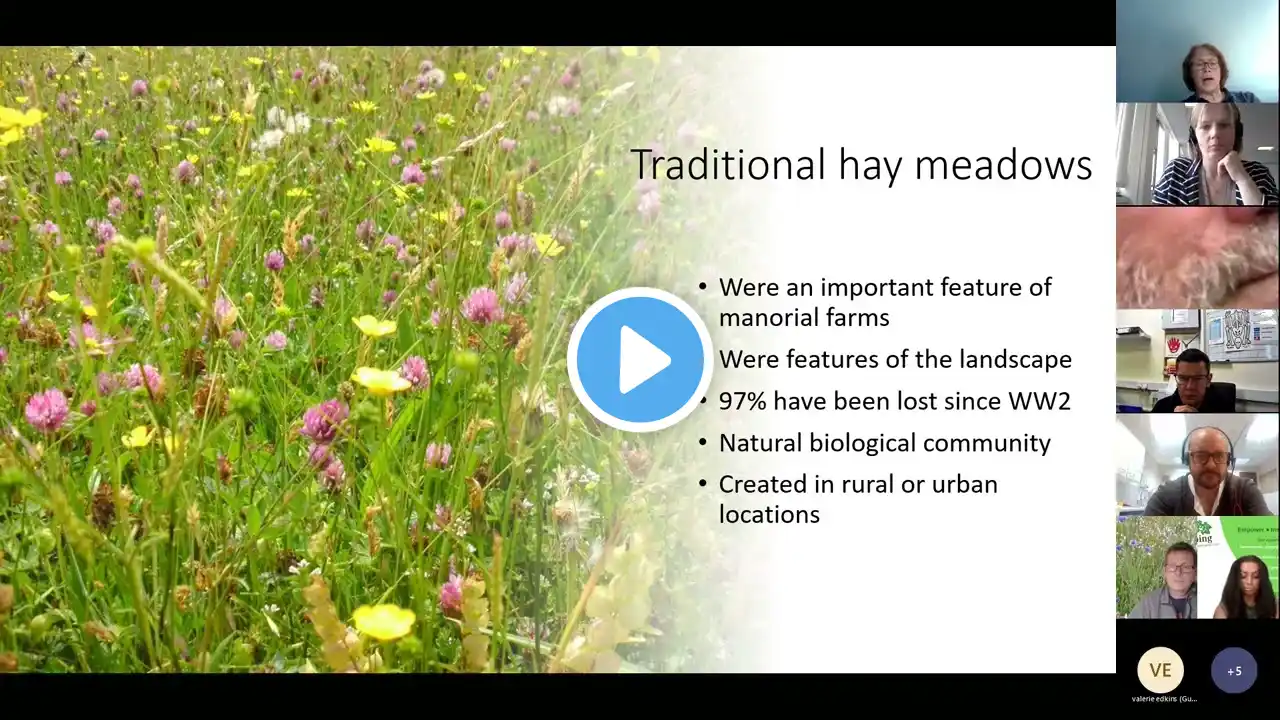
Wildflower meadows: how to make and manage a meadow
Join Buglife's (he invertebrate conservation charity) Get London Buzzing Officer Scarlett Weston, and Finchley N3, N12 Pollinator Project, to learn how to create a meadow for pollinators. Do you want to transform your lawn or grassy area into a haven for wildlife? Watch our webinar to learn how to create a wildflower-rich mini meadow, perfect for pollinators. 2:53 - pollinators and reasons for their decline 23:00 - what are meadows 26:11 - different ways to create a wildflower meadow 41:02 - wildflower meadows management 46:20 - common problems and how to solve them We at the Finchley N3, N12 Pollinator Project are very lucky to have Scarlett's support of our autumn 2023 initiative called Buzzy Bulbs & Meadows. We will also show you photos from a planting we will have done at Frith Manor Primary School in North Finchley, the planting will take place on October 7th 2023. The school has a long history of supporting the environment with a variety of eco initiatives. We are very grateful for their support of our project. Why do meadows matter? 'British wildflowers are under threat and therefore so are the pollinators they feed. Not only is it heartbreaking to lose the beauty and colour these native flowers give the UK landscape, but the plight of pollinators has a very real impact on the food we eat ourselves.' Royal Botanic Gardens, Kew Director, Richard Deverell Wild flower meadows provide shelter and food for important pollinators including bees. There are over 250 species of bee in the UK and they play a vital part in supporting the ecosystem. When wild flower meadows vanish so do pollinators, as well as other insects, and animals that eat insects, such as birds, hedgehogs and bats. Bees are in particular decline in the UK. Wild flower meadows are extremely diverse habitats, with a huge variety of flowers; ideal for bees. But since their decline, some species of bee have evolved to only eat a limited number of pollens and too much competition for food sources inevitably causes bee populations to reduce. The more diversity we have in our natural habitats, then the more bees, birds, animals and other insects there will be. This initiative is part of Finchley N3, N12 Pollinators Project, autumn 23 initiative is called Buzzy Bulbs & Meadows. Find us on: Twitter: @FinchleyPollin Instagram: @FinchleyPollinatorProject Facebook Group: / finchleypollinatorproject / @finchleypollinators This talk is part of Get London Buzzing. This project is creating opportunities for people who live and work in London to help pollinating insects in their local area. A series of events and workshops will showcase how best to create pollinator-friendly habitats across the city and inspire action. Working with local communities and landowners, the project will plant 5 hectares of wildflowers along London’s B-Lines. For more information about Get London Buzzing please see our website at www.buglife.org.uk/projects/get-london-buzzing/ This project is generously funded by the Kusuma Trust. We'd love to see your pollinator project contribute to B-Lines: the UK-wide network of insect superhighways. Once you have created your own mini meadow, please add to our map www.buglife.org.uk/our-work/b-lines/


















